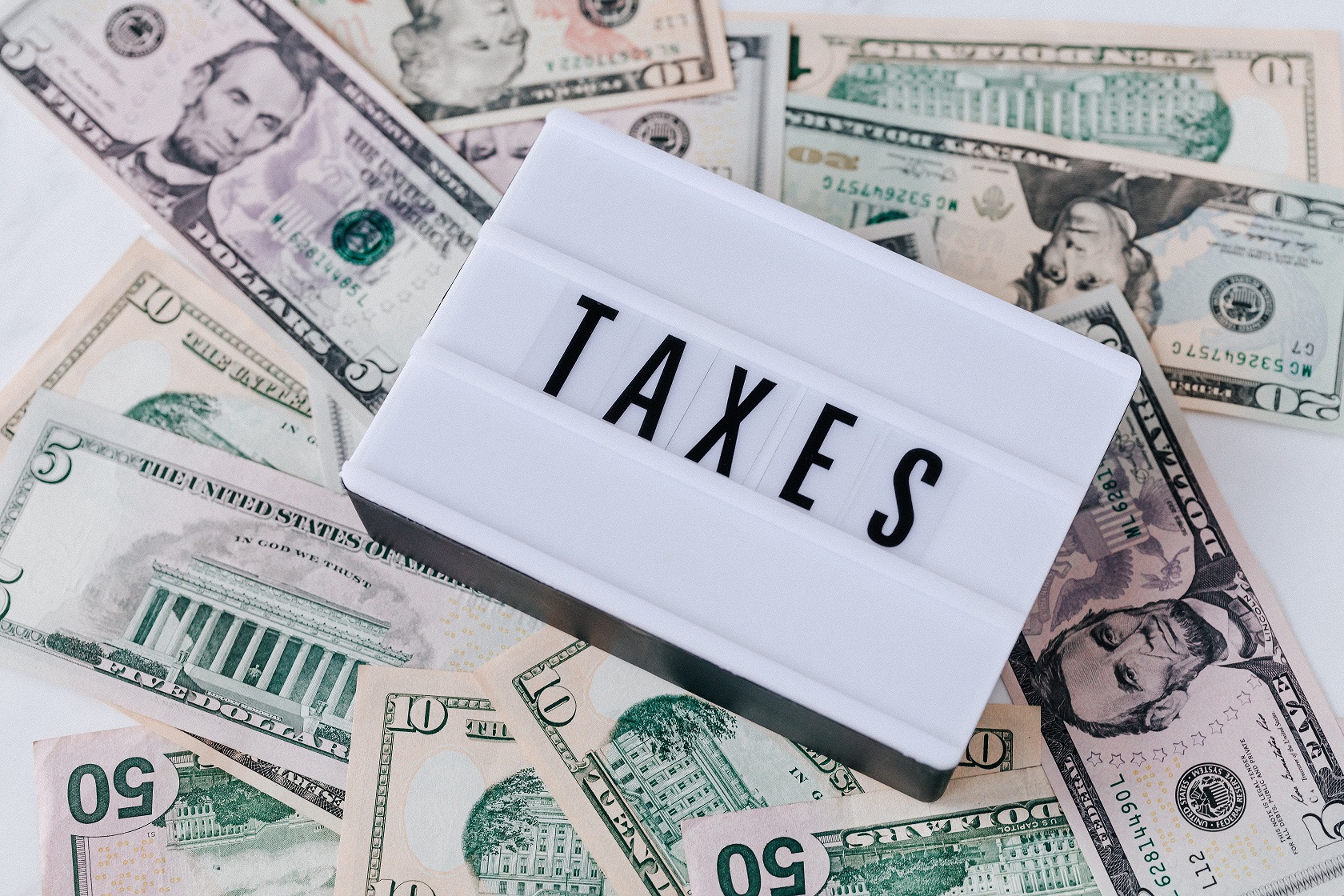

 A buy-sell provision can help ensure an orderly transaction when one shareholder wishes to leave a business. It can dictate the manner in which an owner’s interest changes hands, as well as the price.
A buy-sell provision can help ensure an orderly transaction when one shareholder wishes to leave a business. It can dictate the manner in which an owner’s interest changes hands, as well as the price.
The enforcement of one such provision was the point of contention when the shareholders of a family-owned automotive repair business in Nassau County recently faced off in court.
Tabs Motors of Valley Stream Corp. was owned by four siblings, each of whom held 50 shares of common stock. The siblings signed the shareholders agreement in December 2013, after allowing more than a year for consideration of its terms. The agreement featured a buy-sell provision that, among other things, would be triggered upon the filing of a motion to dissolve the company.
Buy-sell agreements
Buy-sell provisions spell out the terms under which an owner’s share of a business may be reassigned when they leave the company. They often provide for some combination of redemption, in which the company is required to repurchase the interest, and cross-purchase, in which the remaining owners are permitted to buy it. Such provisions are often intended to prevent ownership from falling into the hands of outside parties. If designed properly, they can reduce the likelihood of controversy when a shareholder decides to leave the company.
Tabs Motors’ shareholders agreement (as cited in the decision) includes a buy-sell provision stating that “if any shareholder files a petition to dissolve the Corporation; … the Corporation firstly, and then the other Shareholders shall have the option to purchase all, but not part of the shares owned by such Shareholder.”
On October 29, 2019, two of the shareholders of Tabs Motors, Michael Louros and the Estate of Connie Collins, filed a petition for dissolution of the corporation. The filing triggered the buy-sell provision in the shareholders agreement. The corporation held a shareholder meeting on December 16, 2019, at which the two nonpetitioning shareholders voted to have the corporation exercise its option to purchase the shares held by the petitioners. The shareholders agreement excluded the petitioning shareholders from voting.
The closing was set for February 11, 2020. The purchase price was set by the shareholders agreement at $5,250 per share, nearly twice the value determined by an appraisal of the company in 2011, two years before the execution of the shareholders agreement.
In response to the petition for dissolution, Tabs Motors filed a counterclaim seeking to enforce the sale of the petitioners’ shares. Supreme Court Justice Robert Reed granted summary judgment in favor of Tabs Motors, ordering the sale of the interests.
Justice Reed rejected the petitioners’ contention that the shareholders agreement was unconscionable, noting that it applied equally to any shareholder who petitioned for dissolution and that the parties had more than a year to review the agreement and receive counsel prior to signing. He rejected the claim that the valuation provided in the shareholders agreement was stale, pointing out that it was double the 2011 valuation and that it had been affirmed in 2018 in the probate of Connie Collins’ estate.
Finally, Justice Reed rejected the petitioners’ assertion that the other owners had breached their fiduciary duties, noting that even if the claims were legitimate, “they would not invalidate the buy-sell provision. The buy-sell provision is still enforceable.”
Parting thoughts
The ruling in Estate of Connie Collins v. Tabs Motors demonstrates the durability of buy-sell provisions written into owners agreements. That’s why it is vital to give due consideration to the wording of such agreements. For instance, language that calls for an appraisal in the event of a controversy can help ensure equitable treatment of all interests. For more information on buy-sell agreements or other valuation matters, please contact the trusted professionals at Advent.
The case is The Estate of Collins v. Tabs Motors of Valley Stream Corp. You can read the decision here. Read additional Advent blog posts on buy-sell agreements here and here.





 Over the last two years, market conditions — from cost increases and forced shutdowns to shortages of labor and supplies — have taken their toll on many businesses. While owners of distressed businesses may hope to turn things around, some will unfortunately shutter. Valuation is a prophecy of the future, not the past. So, valuing a financially troubled company requires special treatment.
Over the last two years, market conditions — from cost increases and forced shutdowns to shortages of labor and supplies — have taken their toll on many businesses. While owners of distressed businesses may hope to turn things around, some will unfortunately shutter. Valuation is a prophecy of the future, not the past. So, valuing a financially troubled company requires special treatment.


 The value of a business interest is valid as of a specific date. The effective date is a critical cutoff point because events that occur after that date generally are not taken into account when estimating value.
The value of a business interest is valid as of a specific date. The effective date is a critical cutoff point because events that occur after that date generally are not taken into account when estimating value.


 Where would the plaintiff be today “but for” the defendant’s alleged wrongdoing? There are three ways experts address that question:
Where would the plaintiff be today “but for” the defendant’s alleged wrongdoing? There are three ways experts address that question:

 You are generally liable for paying the tax due, plus interest and any penalties. Your wages can be seized by the IRS even if you paid every penny owed on your share of the family income.
You are generally liable for paying the tax due, plus interest and any penalties. Your wages can be seized by the IRS even if you paid every penny owed on your share of the family income.

 Under current tax law, a corporation may deduct all ordinary and necessary expenses paid or incurred during the tax year in carrying on any trade or business, including a reasonable allowance for salaries or other compensation for personal services rendered. In the case of compensation payments, a test of deductibility is whether they’re in fact payments purely for services.
Under current tax law, a corporation may deduct all ordinary and necessary expenses paid or incurred during the tax year in carrying on any trade or business, including a reasonable allowance for salaries or other compensation for personal services rendered. In the case of compensation payments, a test of deductibility is whether they’re in fact payments purely for services.

 For pass-through entities, all items of income, loss, deduction and credit pass through to the owners’ individual tax returns, and taxes are paid at the personal level. Distributions to owners generally aren’t taxable to the extent that owners have positive tax basis in the entity.
For pass-through entities, all items of income, loss, deduction and credit pass through to the owners’ individual tax returns, and taxes are paid at the personal level. Distributions to owners generally aren’t taxable to the extent that owners have positive tax basis in the entity.